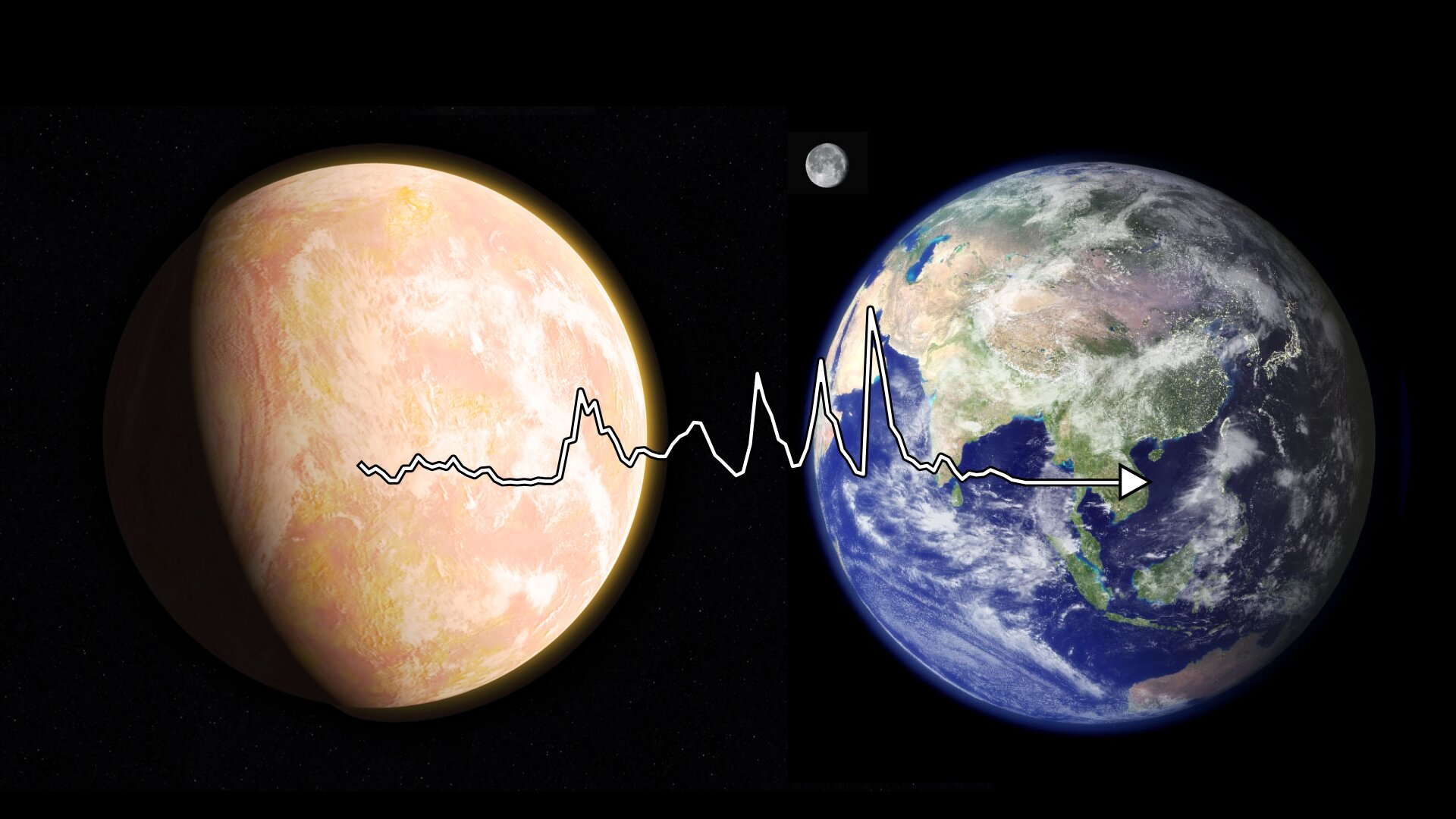The origin of life on Earth has long been a mystery that has eluded scientists. A key question is how much of the history of life on Earth is lost to time. It is quite common for a single species to “phase out” using a biochemical reaction, and if this happens across enough species, such reactions could effectively be “forgotten” by life on Earth.
But if the history of biochemistry is rife with forgotten reactions, would there be any way to tell?
The early Earth was rich in simple compounds such as hydrogen sulfide, ammonia, and carbon dioxide—molecules not usually associated with sustaining life. But, billions of years ago, early life relied on these simple molecules as a raw material source. As life evolved, biochemical processes gradually transformed these precursors into compounds still found today. These processes represent the earliest metabolic pathways.
Previous attempts to model the evolution of metabolism in this way had consistently failed to produce the most widespread, complex molecules used by contemporary life. However, the reason was not entirely clear. Just as before, when the researchers ran their model, they found that only a few compounds could be produced.
By allowing ATP-generating reactions to use polyphosphate instead of ATP—by modifying just eight reactions in total—nearly all of contemporary core metabolism could be achieved. The researchers could then estimate the relative ages of all common metabolites and ask pointed questions about the history of metabolic pathways.
This does not prove that the space of missing biochemistry is small, but it does show that even reactions which have gone extinct can be rediscovered from clues left behind in modern biochemistry.


